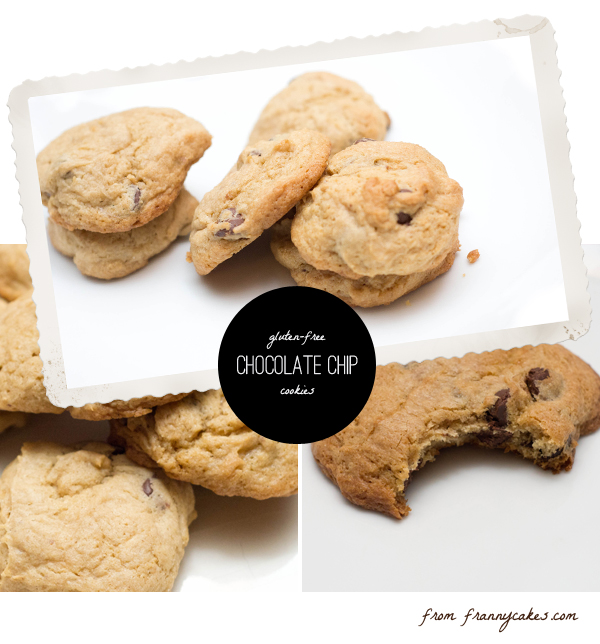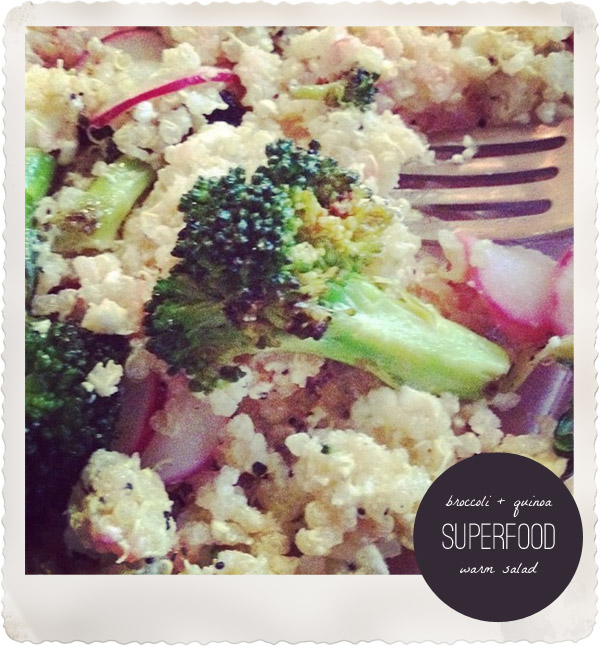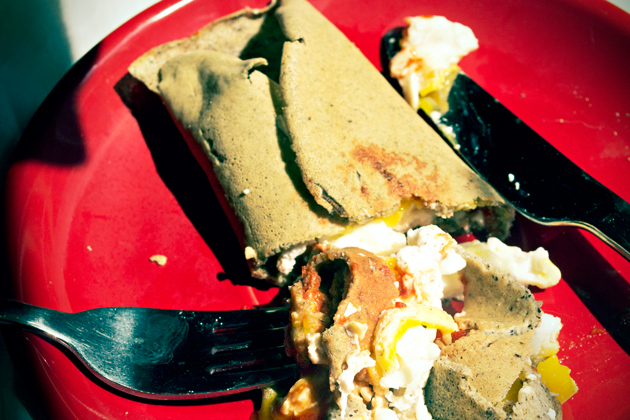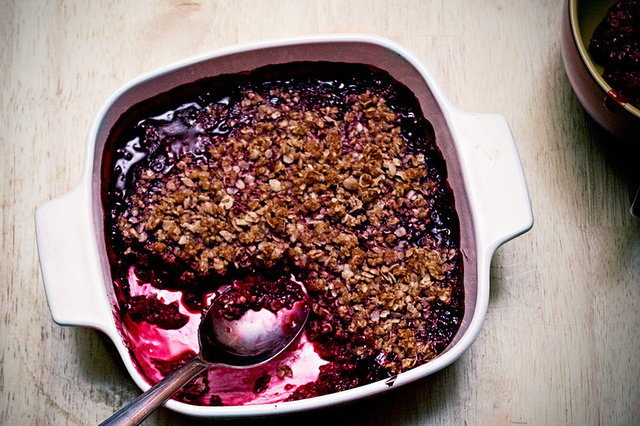 Things have been a little heavy here lately.
Things have been a little heavy here lately.
And we need to have a serious talk about frosting. Because it pains me when people say they don’t like frosting.

True story: I feel this way.
You have been fed a lot of bad frosting in your life. Heck, some of you even like it. (If you didn’t Betty Crocker wouldn’t have half an aisle in the grocery store filled with cans of the stuff). But that, and dreadful american buttercream (powdered sugar + butter + vanilla + milk) give frosting a bad rap.
But to just totally eliminate an entire category of pastry toppings because you don’t like the super-sweet, slightly gritty, dries out when left out kind? That would be like saying you don’t like any cake because you don’t like yellow cake.
You have heard of SMB (Swiss Merengue Buttercream) and a pastry chef friend of mine prefers the Italian Merengue Buttercream. Most bakers are familiar with American Buttercream (see above). But there is French Buttercream. And German Buttercream.
What does all that mean?
- American Buttercream – The powdered sugar frosting we have all had a gazillion times. It is common because it is incredibly easy and fast. It stands up well to the elements (it doesn’t melt, it stiffens a little so it isn’t as delicate)
- Swiss Merengue Buttercream (SMB) – Made from a cooked egg white & sugar mixture, this frosting is made by whipping the cooked whites and sugar, whipping them into a merengue and then adding butter and flavorings. It is the frosting technique that I use the most and makes a light & fluffy frosting.
- Italian Merengue Buttercream – Similar to SMB, this is a merengue frosting, but instead of cooking the whites, you beat a hot sugar syrup into the egg whites.
- French Buttercream – Instead of egg whites, a hot sugar syrup is beat into egg yolks and then combined with butter. This stuff is rich and incredibly decadent.
- German Buttercream – You start with pastry cream, beat it and add butter. You can thank me later for introducing you to this.
This is German Cream Cheese Buttercream. And it is a dream.
It isn’t the best for piping pretty designs, but it really will rock your socks. (I might have overheard someone in the office compare it to ice cream that wouldn’t melt). That’s the thing with frosting.
Feed the frosting naysayers this. You will rock their socks hard core.
- 16 ounces whole milk
- 1 tablespoon vanilla bean paste
- 10 ounces sugar (1¼ cups, by volume)
- 1½ ounces cornstarch (6 tablespoons by volume)
- 2 eggs
- 2 egg yolks
- 16 ounces cream cheese, room temperature
- 16 ounces unsalted butter, room temperature
- ¼ teaspoon salt, or more to taste
- In a medium sauce pan, bring the milk to a simmer. Meanwhile, whisk together the sugar, cornstarch, eggs, and yolks in a medium bowl.
- Temper the egg mixture by whisking about a half cup of the hot milk into the egg mixture—it will be quite thick but while you whisk, it will loosen as the milk incorporates. Whisk in a little more hot milk until the egg mixture is fluid and warm. Pour the egg mixture back into the pot of hot milk with the heat set to medium and keep whisking.
- Once the mixture starts to thicken and bubble sluggishly, continue whisking and cooking for a minute more, then remove from heat and pour into a bowl.
- Put the custard in the bowl of a stand mixer fit with the whisk attachment and beat the custard for a few minutes, until it has cooled to room temperature and is creamy.
- Whip in the cream cheese, one tablespoon at a time, until it has fully incorporated. Then repeat with the butter. Add the salt and beat for about a minute more.
- Chill for about 15 minutes before using, if you want to be able to pipe with it.
You can make this a regular german buttercream by swapping the cream cheese for an equal amount of butter













 I am a joiner. And this time it was for something really great – the blogging event started by Shauna at GlutenFreeGirl – the Gluten Free Ratio Rally. It is all about the relationship between the ingredients. It gives you freedom to just cook. And bake. We start with a ratio for a well known (& loved) product and go from there.
I am a joiner. And this time it was for something really great – the blogging event started by Shauna at GlutenFreeGirl – the Gluten Free Ratio Rally. It is all about the relationship between the ingredients. It gives you freedom to just cook. And bake. We start with a ratio for a well known (& loved) product and go from there.